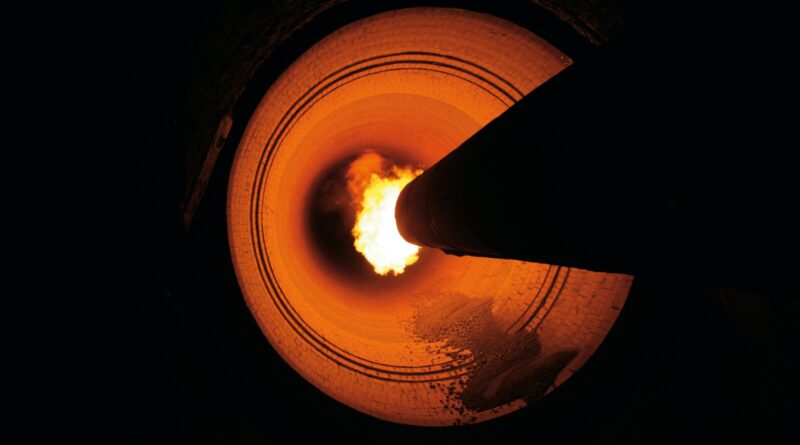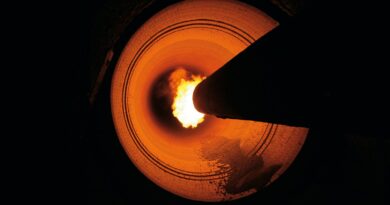ROTARY KILN monitoring: Decisions that drive efficiency
Maintenance can be planned in such a way that best suits your production schedule, your budget, and the urgency of the repair work. This not only reduces the cost of downtime, but also the duration – enabling you to optimise productivity and remain competitive. It also reduces the pressure of downtime because you know exactly what you are dealing with, and you are able to prepare properly.
At its core, managing your maintenance schedule based on data about your current kiln condition enables you to:
- Extend the life of rotating parts
- Improve the life of lining and kiln shell
- Avoid kiln shell constriction and reduce stress
- Avoid girth gear breakdown
- Identify alignment issues
- Stabilise bearing temperatures
- Reduce power consumption
The more efficiently your kiln runs, the more sustainable your operation. That’s the potential of digitally-enabled, people-powered services.
What is being monitored?
The list below comprises all the kiln components that can be monitored with the online condition monitoring services, though it should be noted that the actual provision depends on the service package you choose and the specific equipment to be monitored.
Bearing monitoring
- Identify overload
- Identify improper lubrication
- Analysis of bearing temperature trend
- Root cause analysis on hot bearings
Hydraulic thrust device monitoring
- Kiln axial floating and cycles
- Kiln axial load
- Health of hydraulic system
Kiln drive monitoring
- Kiln drive power consumption
Kiln drive vibration
- Detection of gear issues
- Detection of facet formation
- Protection of planetary gear
Axial balance
- Monitor thrust bearings temperatures
- Monitor thrust direction of individual supporting roller
- Full overview of axial balance
Kiln crank
- Kiln shell ovality
Plus, with ECS/CemScanner™ integration (if applicable), we can also detect refractory failure and the early signs of hot spots.
How condition monitoring saved a kiln in Egypt
A customer in Egypt had been having some issues with their kiln for a while. With the condition monitoring system, we were able to identify that the kiln axial floating was unstable, and this was causing pump cycles as low as 5 minutes. Using this data, our experts worked with the plant on a root cause analysis, which suggested a hydraulic leak was to blame for the instability – the result of a defective valve. This kind of defect would have been virtually impossible to identify without the condition monitoring system and would ultimately have resulted in downtime, and potentially even failure. In this instance online condition monitoring services saved substantial costs and allowed the plant to replace the valve in a stress-free, timely and cost-efficient manner.




